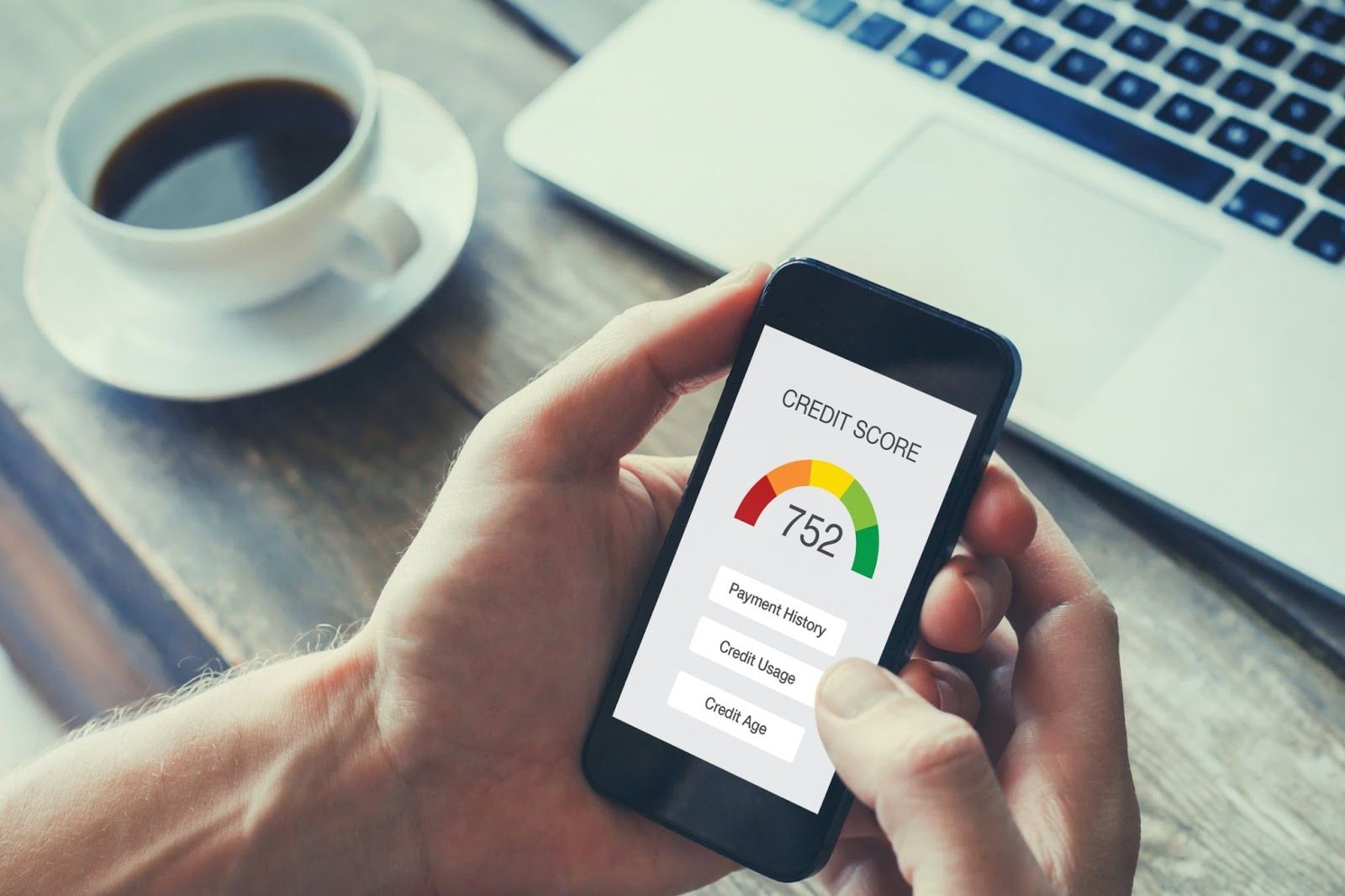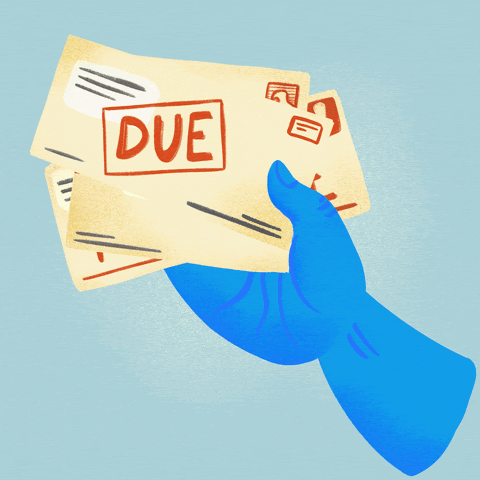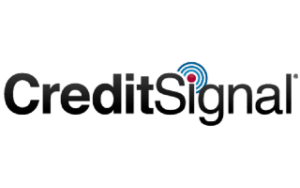Most everyone knows what personal credit scores are. They reflect how responsible an individual is about paying off credit card balances or loans. There are three main reporting agencies for personal credit are TransUnion, Equifax, and Experian. Individual credit scores can range from 300 for very poor credit history to 850 for the very best.

A person’s ability to get a credit card or financing depends on how high or low their credit score is. Beyond simply getting credit, it also affects the interest rate on the loan. A high credit or FICO score = a low interest rate. Conversely, a low score could have you paying astronomical rates of 25% or even more.
1. What is a business credit score?
Business credit scores work much the same way as personal scores. However, instead of being rated from 300 to 850, business credit scores range from 0 to 100.
The three major credit reporting agencies for business are Dun & Bradstreet, Experian, and Equifax. FICO scores for small businesses are known as “FICO SBSS.”
Unlike a personal credit score which can only be accessed by “those with permissible purpose”, anyone can check a business’s credit score. If you own a company, the most important person to check your business’s score should be you.
That’s to make sure your score accurately represents your business’s payment history. According to a study published in the Wall Street Journal, as many as 25% of business credit reports may contain incorrect information or are missing important information. If your company’s credit report contains mistakes, the scores produced may not accurately reflect your creditworthiness. That means you could be unfairly refused credit or have to pay a higher interest rate than you would.
2. What factors affect your business score?
A lot of things go into calculating business credit scores. It’s important to understand that each scoring model is different. Consequently, some of these factors may not carry much weight, or may not be used at all.

According to FICO, payment history consists of the following items on your credit reports:
This refers to how long you’ve been using credit. It generally accounts for 15% of your total credit scores. That means that over time your average credit score could go up because of longer account histories. That being said, a short credit history of on-time payments is going to be better than a long credit history of not keeping up with your bills.
Next to credit history, the total amount of debt you owe is the second most important factor affecting your credit report. Most credit scores will calculate your debt “usage” or “utilization” ratio. This is the amount of revolving credit you're currently using divided by the total amount of revolving credit you have available.

For example, if you have a total of $20,000 in credit available on two credit cards, and a balance of $10,000 on one, your credit utilization rate is 50% — you're using half of the total credit you have available.
Credit utilization makes up about 30% of your credit score. In general, the lower your credit utilization the better. But while anything below 30% is considered "good," 0% may not necessarily be the best ratio to have. Lenders want to lend money they can reliably collect interest on over time -- in fact the longer the better. They can’t make money on debt that is instantly paid off.
This calculates the chance that a set of factors particular to an industry group will drag down the industry’s -- and companies engaged in that industry -- overall performance. For example, a tax increase on the automobile industry may cut the profits of car makers because fewer people will want to buy the higher-priced cars.
Company Size

A small startup may be at a disadvantage when it comes to business credit because it doesn’t yet have a history of dedicated business transactions. A sole proprietorship may not have a separate business credit record because the owner has operated it under their own name.
A larger company that has used traditional financing has had to make monthly payments by a certain deadline. These kinds of payments become part of the public records make up the data that credit reporting agencies like Dun & Bradstreet measures
3. How can you check your business credit score?
Now that you know how important knowing what your credit score is, here are five resources you can use to review your company’s credit score. The good news is that all of them will provide you with the information for free.

Nav is an online company that provides businesses and individuals with a way to monitor credit reporting accounts. Because it’s free, you don’t need a credit card to sign up. It’s a fast way to get a free summary of your business credit reports from both Dun & Bradstreet and Experian from one convenient source.
If you want to get a more in-depth view than a summary can provide, you’ll have to pay for a full credit report. When you do, you’ll have full access to your scores as well as Nav’s tools that can help you improve your business credit score. It also offers an easy avenue to dispute errors or correct wrong information.

Dun & Bradstreet also has a free business credit reporting service. It’s called CreditSignal. The biggest benefit of this service is that it offers a simple system for monitoring your business credit. Once you sign up, you can elect to be alerted to changes to your score and see when someone has requested your score on the service’s online dashboard, mobile app, or even email alerts.
CreditSignal also offers a treasure trove of business financial information. They can give you practical advice on improving your score based on your credit history. What’s more, they can even provide industry-specific credit information that can point out best practices your peers are following.
While these features are free, if you want more detailed credit reporting, you’ll have to pay for it. When you sign up for a paid subscription to CreditSignal’s monitoring service you’ll be able to see your actual score, rating, and exactly which companies are looking at your credit information.

While Data Axel is a paid credit monitoring service, you can get some valuable free information in the short term. They offer a free 7-day trial of reporting services, as well as 7 free business credit reports without requiring you to give them your credit card number. If you’re just now starting to monitor your business credit, these free reports are a quick and easy way to see where you are.
If you want to sign up, Data Axel offers few different packages, so you can select the best option for you in terms of what they do and what you want to pay. You may find that it’s more worth what it costs to monitor your credit now rather than waiting and having a costly mistake come up in the future,

Totally new to credit reporting? Thanks to its easy-to-read display of data and reporting, it might be a good option for your business. Like Credit.net, Scorely offers a free credit report demo, and then gives you the chance to sign up for the paid service that delivers credit monitoring and full reporting. The service also provides actionable tips to help you improve your business credit score.
The best thing about Scorely is that it is actually a business credit reporting bureau that provides transparent, understandable credit reports by aggregating data.

Finally, CreditSafe.com also has a free introductory offer. You can get a free business credit report and then take advantage of their option to sign up for a paid subscription.
This credit monitoring service provides a wide range of tools, including syncing with your financial data, your payment trends, risk rating, days beyond terms. Combined, these tools work together to give you a customized view of your business credit status.
Choose from the three packages they offer -- Standard, Plus, and Premier -- depending on what your business needs. After you get your free report, one of CreditSafe’s risk consultants will give you a quote based on your business’s credit situation and budget.
4. How can I improve my credit score?
At its core, most of the building blocks of boosting your business credit score are pretty simple.
Of course, there are some tricky parts to be aware of including the fact that not all the bills you pay will show up on your credit reports. The best way to build business credit is to open accounts that report to business credit, such as vendor accounts and business credit cards.
Your business credit score is an important factor in whether or not you are able to secure financing for your company. It’s also a big determinant of the interest rates and terms that will be available to you if you do qualify for loans, lines of credit, or other forms of debt. So keep an eye on your credit score and watch this space for more great business financial advice and information.

The average small business has 5 credit cards with a balance of about $32k that they have to keep track of. There’s a better way than rotating through dozens of low-limit credit cards to get the funding you need to scale when you can get it all with AdCard — the best card for Facebook ads with the high limits and more you need to grow your business.
Exclusive Cardholder Benefits


